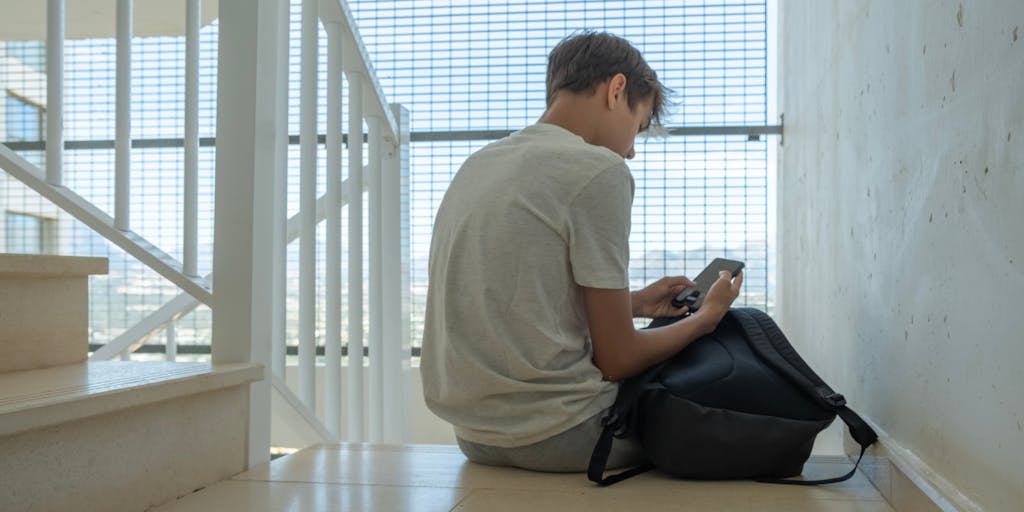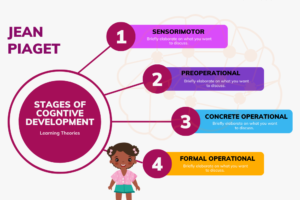
The Stricter the Cellphone Policy, the Happier the Teacher, Research Finds
What happens when schools restrict students’ access to their cellphones?
A massive experiment has been underway in recent years, as an increasing number of schools — and entire states — have changed their device policies to reflect a growing concern around how this technology interferes with student focus and learning. Now, preliminary findings from a national survey of more than 20,000 public school educators offer insights into the effect of these guardrails.
It turns out, stricter cellphone policies lead to happier teachers and, according to those teachers, more engaged students.
“There’s a gradient,” added Angela Duckworth, a developmental psychologist and professor at the University of Pennsylvania who is part of the team leading the study. “The farther the phone, the more restrictive the policy, the better the outcome.”
The survey found that it matters not just when students have access to their phones — in between classes and during lunch, for example, or not at all during the school day — but also where their phones live throughout the day. Policies requiring that phones be kept at home are rare but especially effective, while keeping phones locked away in pouches or hallway lockers, or collected by school staff, also lead to good results.
What’s not effective? Allowing students to keep possession of their devices.
Yet that’s the most common arrangement at schools, with 1 in 2 survey respondents reporting that students at their school can keep their phones with them, as long as they are not visible. This type of policy is sometimes called a “no show” rule.
Duckworth offered a comparison to explain why this practice doesn’t work well. If she established a rule where students could have three meals a day, but no snacks in between, that would be clear to students. But if she then told them they could keep snacks in their pockets, close by at all times, it would not only muddle her message but risk compromising students’ ability to play by the rules.
“It’s psychologically foolish to do,” she said of allowing students to keep their phones on their person and expect them to comply with an otherwise strict device policy.
Just this week, Duckworth visited one of the schools that emerged as an outlier in the study — a middle school in New Jersey whose policy multiple educators said was “just right.” (Duckworth estimated that about 1 percent of schools reflected in the study so far fit into that “just right” category, as reported by the educators who responded.)
At the New Jersey school, a morning announcement reminds students to leave their cellphones in their lockers for the duration of the school day. The principal of that school, Duckworth said, realized that students would not easily comply with the policy if their phones were constantly within reach.
“She had the very good sense to realize that you cannot will yourself not to do something from first bell to last bell,” Duckworth said. “You cannot solve the problem through individual will power.”
The survey, part of a nonpartisan research initiative called Phones in Focus, will remain open for the foreseeable future, as the scientists leading the effort hope to collect 100,000 responses by the end of the 2025-26 school year. Duckworth, who is leading Phones in Focus alongside several economists, wants staff from every school in the country to respond, to end up with a census.
“We feel passionately there needs to be evidence [behind cellphone policies] and that teacher voice has been missing from this very vigorous debate,” she said. “We want to give teachers that voice.”
In recent years, there has been a dramatic increase in the number of schools, districts and states establishing school cellphone policies. Today, 34 states and Washington, D.C. have banned phones during school or curtailed use of devices to some degree, according to staff at Children and Screens: Institute of Digital Media and Child Development.
Kris Perry, the institute’s executive director, is not surprised that teachers are having a positive response to these policies. At least a decade of research tells us that smartphones are designed to grab and hold a person’s attention, Perry noted, so it makes sense that the absence of that distracting device would make for a more enjoyable classroom experience for instructors.
She views the preliminary findings from Phones in Focus, which center on teachers, as promising — and hopes that research on these cellphone policies will go further.
“Teachers’ experience is obviously a really good sign,” Perry said. “But underneath that we hope it’s related to students’ experience improving, and then students’ performance improving. That’s ultimately what we’re after here.”
Source link



